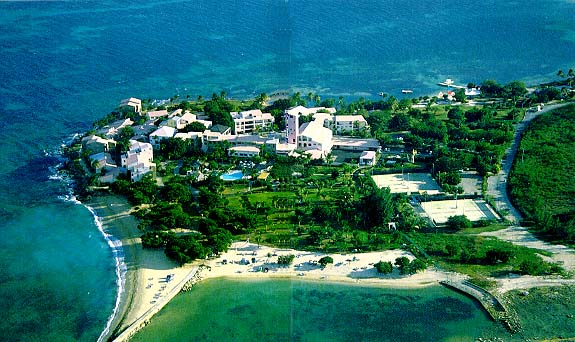Yesterday we headed out to Pinel Island and I did some E.S.S. in a few locations that I had only recently explored: off the north beach, in the tide pools on that beach, and in the very shallow area off the south beach.
First up was the north beach, where a ring of coral forms a barrier enclosing a calm lagoon. The top of the barrier is quite wide in some places, and the top is mostly dead coral skeletons as it is probably too shallow for new growth. On the inside of the lagoon, we found a group of six reef squid and there were many schools of grunts foraging. On the outside of the barrier reef, I found large mixed schools of blue tang and surgeonfish. There were quite a few nice corals on both sides of the barrier reef.
Next, I did some super Extreme Shallow Snorkeling in a couple of the tide pools on the beach, with a maximum depth of about ten inches. The water was quite warm, and the primary inhabitants were small damselfish. Although there wasn’t much diversity, I always find tide pools charming because they are miniature sea environments, almost like an aquarium, or even a snow globe.
After lunch I headed out to the large shallow area near the south beach on the Atlantic side of the island. Due to strange weather, the prevailing currents were not as strong as usual, so it was easier to navigate. Still, the current-swept soft corals were permanently bent over by the normal current and the elkhorn corals were stunted by the shallowness of the water. I saw a very young moray eel, less than a foot long, and a decorator crab wearing a very elaborate ensemble.










































































































































